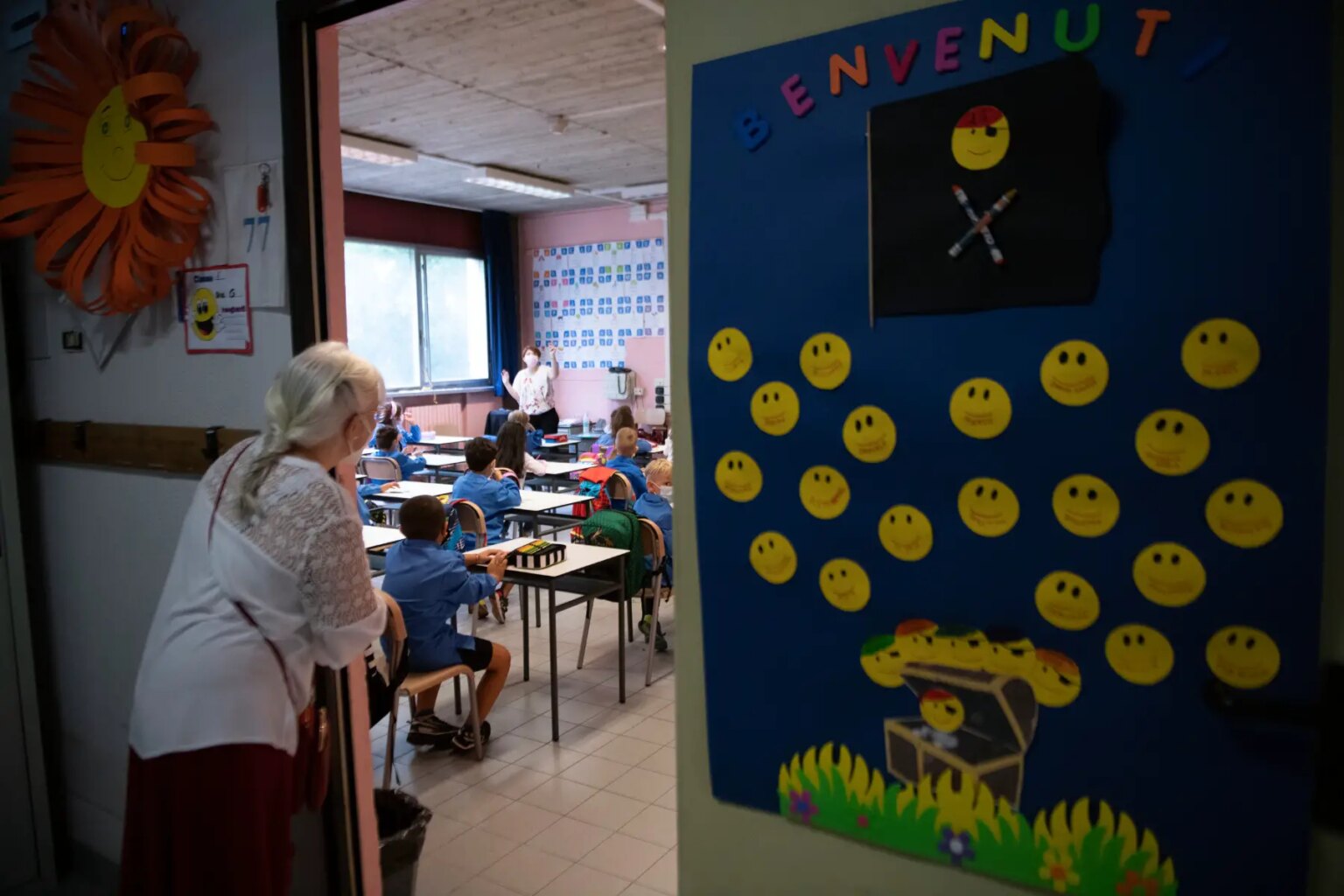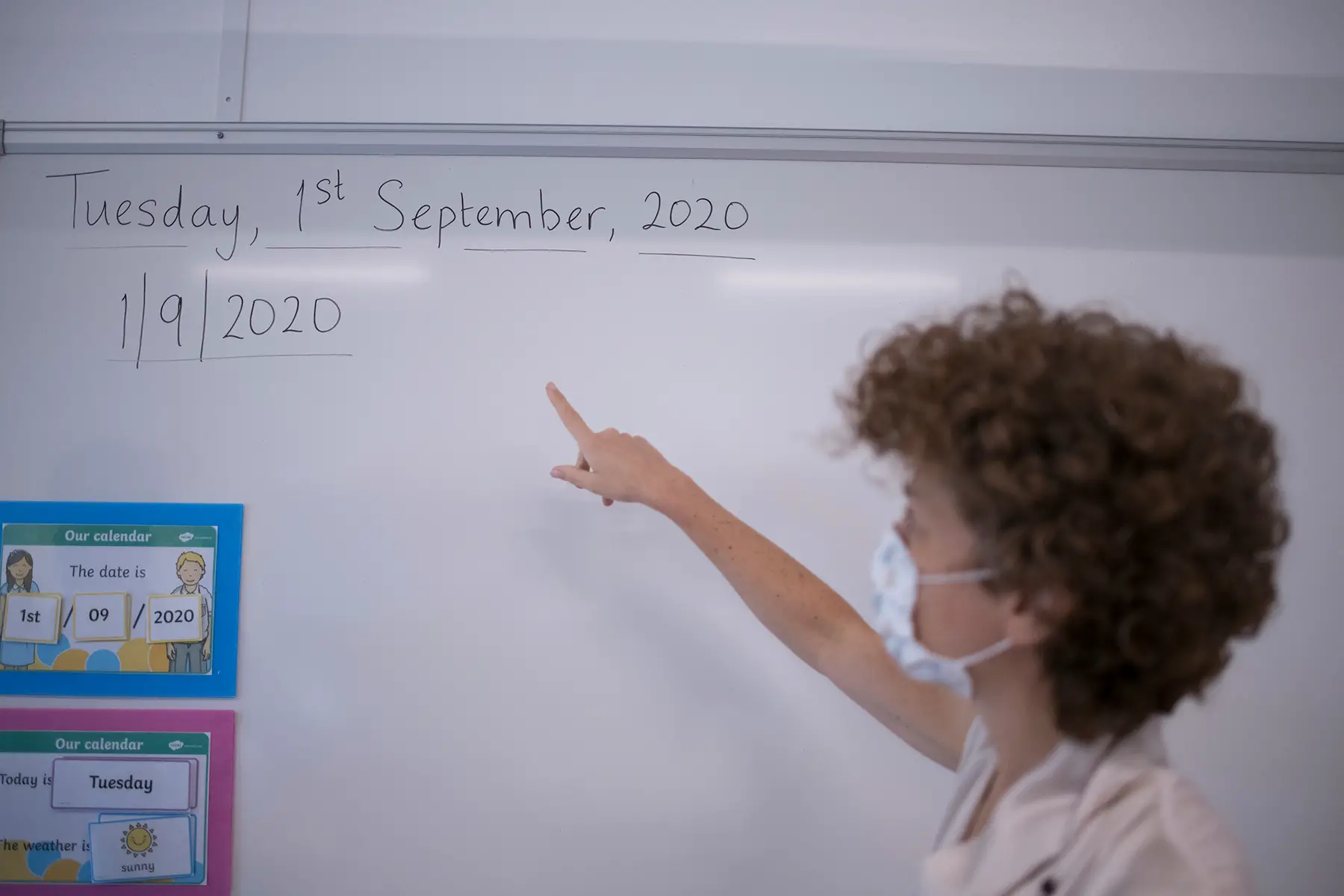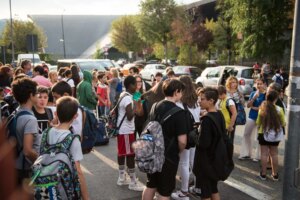Moving with children to a new country is both daunting and fun. If you are considering Italy, there’s plenty to look forward to: the delicious food, the sunny weather, and the rich culture. However, given that education in Italy is compulsory until 16 years old, you’ll need to sort out your child’s schooling pronto.
To get started, here are the ins and outs of Italy’s education system, from the enrollment process to financial aid to changing schools:
- Education in Italy
- Preschool education in Italy
- Italian primary education
- Secondary education in Italy
- Graduating in Italy
- Financial aid and scholarships
- Educational support for international students
- Inclusive or accessible education in Italy
- Changing schools in Italy
- Parent involvement in Italian schooling
- Homeschooling in Italy
- Useful resources
Moving2Italy
When relocating to Italy, get expert help from Moving2Italy on taxes, work permits, and setting up a business. They also provide personalized support for immigration, social security, and residence, helping you navigate your new life abroad. For assistance with fiscal and immigration matters, contact Moving2Italy.
Education in Italy
The education system in Italy is mainly state-funded, with public schools often being the most sought-after option. However, you can also access private and international schools in the country.
Education is mandatory from ages 6–16. On average, students can expect to go through 16.7 years of education in Italy, which falls below the OECD average of 18 years. When it comes to quality of education, Italy scores 477 for reading, mathematics, and sciences, which is just below the OECD average of 488.

The Italian government prioritizes educational inclusion, so education is open to citizens and internationals. Overseen by the Ministry of Education and Merit (Ministero dell’Istruzione e del Merito – Muir), Italy’s education system splits into five phases:
| Stage | Age range |
| Kindergarten (scuola dell’infanzia) | 3–6 |
| Primary (scuola primaria) | 6–11 |
| Lower secondary (scuola secondaria di primo grado) | 11–14 |
| Upper secondary (scuola secondaria di secondo grado) or the regional vocational training system (Istruzione e formazione professionale) | 14–19 |
| University (università) | Bachelor’s, master’s, and doctoral degrees |
Preschool education in Italy
Although preschool education in Italy is not required, many parents access these facilities for childcare, enabling them to return to work. Public preschools communicate primarily in Italian, which could be tricky but can help your international child to learn the language.
Italian preschool divides into two sections:
- Day nursery (nido d’infanza): from 3 months to 3 years old
- Nursery school (scuola dell’infanzia): between the ages of 3–6
The state subsidizes many preschools, but there are regional differences in costs. For example, you would generally pay more in the north than in the south. If your child’s school doesn’t charge tuition fees, you only need to pay for registration and school lunches. Again, the lunch fee (refezione scolastica) varies depending on location and the family’s income. Some state preschools also prioritize places for lower-income families and charge them lower monthly fees if any.
Italian primary education
The primary school system
Primary schools in Italy (scuola primaria) cater for students from ages 6 to 11. It is mandatory for all students living in Italy, regardless of immigration, economic, or disability status. Public schools can provide linguistic support to migrant students with limited knowledge of Italian.
Although students do not have to attend their closest school, local children may receive preference over those living in another municipality.
Public primary schools in Italy
Public primary schools in Italy are free and are popular among Italian families. Schools often focus on learning through rote memorization: a teaching method focused on recalling information.
Core subjects include:
- Italian
- History
- Mathematics
- English
- Science
- Music
Classes typically accommodate 14 to 20 students at a time.

Italian children typically attend school for 24 to 40 hours a week. Most schools have a school week from Monday to Friday, but many also have classes on a Saturday. If a school runs for six days, their teaching hours may be from 08:30 to 13:00. However, if the school week ends on a Friday, the school day may finish at 16:00 with an hour lunch break. Be sure to ask about the schedule when touring prospective schools.
The school year runs from September to June, with four holiday breaks, summer being the longest. Schools also close on public holidays, which can have regional variations.
Private primary schools
Private primary schools in Italy are available but not popular among Italians. Of course, if parents prefer a particular educational approach (e.g., Montessori or Steiner), they may choose private education for their children.
In Italy, independent primary schools generally fall into one of these categories:
| Category of school | Description |
| Religious | Catholic (mostly) Muslim, Buddhist, Jewish |
| Montessori | Mostly primary schools Follow the child approach Encourage the child to learn at own pace by doing Nurture individual development Develop critical thinking skills and lifelong learning |
| Steiner Waldorf | Artistic, creative approach Develop whole child – mind, body, spirit Strong student-teacher relationship Work with rhythm, repetition, music, stories, nature, art |
| Senza Zaino (Without a Backpack) | Instead of backpacks crammed with homework and learning materials, functional workstations are set up in class to encourage independent learning Instill a sense of community and responsibility |
Most Italian independent schools follow the same national curriculum and standards as public schools, with a similar level of educational quality. Still, private schools tend to have smaller class sizes (i.e., more personal attention from the teacher), better facilities, and more extracurricular activities.
International schools – popular with expats – are independent and do not have to adhere to the national syllabus. Instead, they will follow their home country’s curriculum.
Tuition fees for private schools (primary and secondary) are expensive and vary greatly, depending on the grade or year, location, curriculum, and facilities offered. On average, yearly payments range from €4,000 to 27,000.
Secondary education in Italy
The secondary school system
Secondary school education in Italy organizes into two parts:
| Stage | Age range |
| Lower secondary (scuola secondaria di primo grado) | 11–14 |
| Upper secondary (scuola secondaria di secondo grado) | 14–19 |
At the age of 16, students complete their compulsory education. However, most learners go on to complete upper secondary education.
Public secondary schools in Italy
All public secondary schools in Italy are free. Still, parents need to purchase their children’s textbooks and educational supplies.
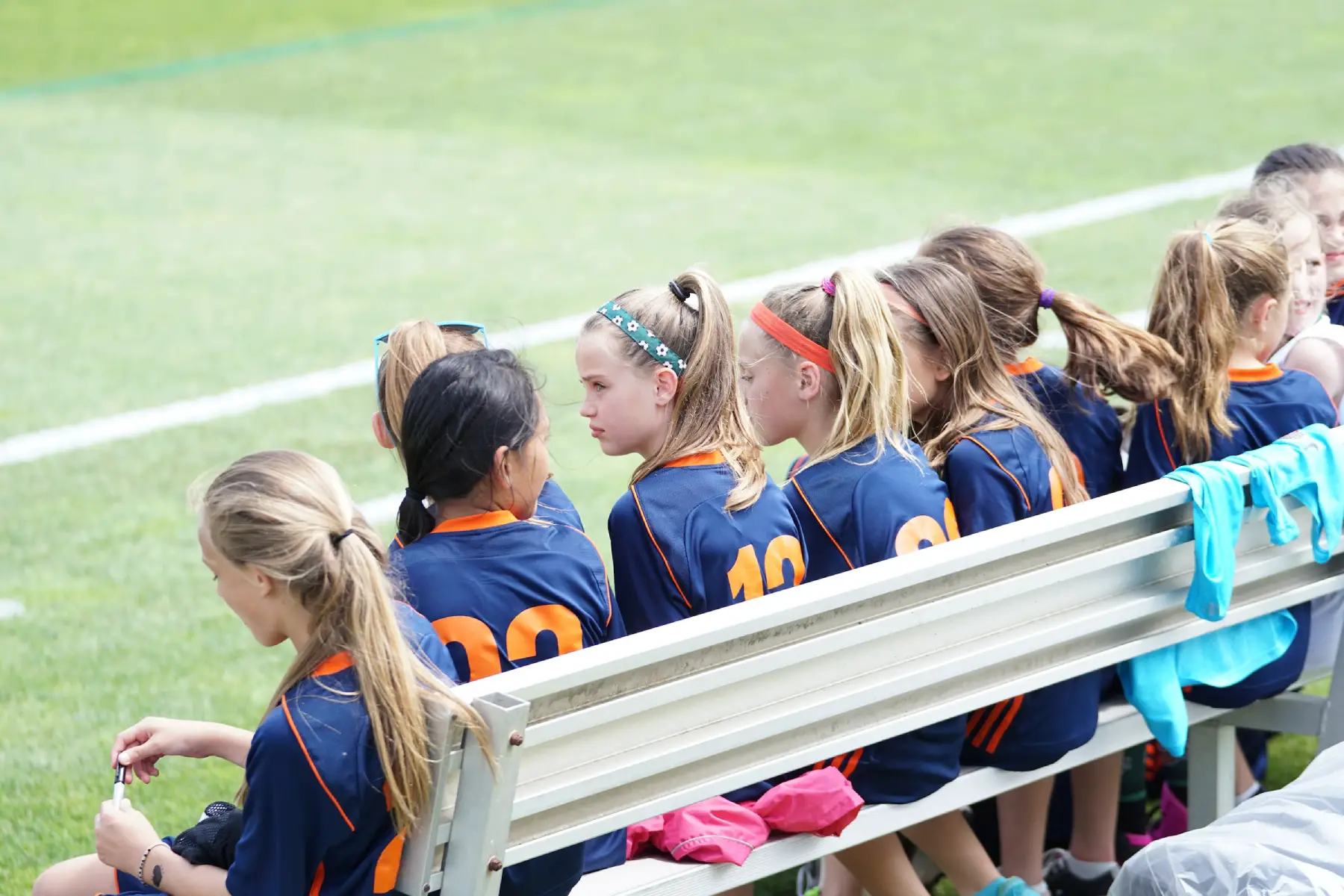
Many public schools focus on rote memorization as their teaching method. However, students can opt for different educational paths at the upper secondary level.
As such, they can follow these specialized streams:
| Educational stream | Description |
| Lyceums (liceo) | These schools focus on academics and specialize in a range of topics, such as languages, sciences, music, and classics. After lyceums, students can go on to university, provided they receive their upper secondary school certificate. |
| Technical institutes (istituto tecnico) | These institutes focus on a theoretical foundation of knowledge, followed by specialization in fields, such as electrical engineering, information technology, communications, and more. Students at these schools typically do internships in their fifth year. |
| Artistic institutes (istituto d’Arte) | These programs last three years and prepare students to pursue a career in the arts. |
| Teacher training programs (istituto magistrale) | These five-year programs prepare pupils to become primary school teachers. |
| Vocational programs (istituto professionale) | These programs prepare students to begin working in their field and can last between 3 and 5 years. Study areas include agriculture, food and wine, social work, and more. |
Private secondary schools
A small number of Italian students are in private education. In 2020, only 7% of secondary school enrolments were for private schools. These usually have a religious or methodological focus, but teach the same syllabus. So, the standard of education between schools hardly differs.
Below are the types of private schools you can find in Italy:
| Category of school | Description |
| Religious schools | Mostly Catholic Heavier focus on religious study and ethics |
| Boarding schools | Rare in Italy Instruction is usually not in Italian Student population is generally wealthy and international |
| Montessori schools | Named after Italian scholar, Maria Montessori The methodology revolves around children’s instinctive interests, rather than formal teaching |
| International schools | Popular with transient expat families Tend to be bilingual (home language and Italian) Multicultural environment |
The International Baccalaureate (IB) in Italy
International Baccalaureate (IB) schools teach a rigorous and internationally recognized curriculum that focuses on essay writing, creativity, and community service, alongside the expected academic courses.
Many expats appreciate the IB program because universities worldwide recognize the IB Diploma, giving students a wider choice of higher education opportunities. There are currently over 30 IB schools in Italy.
Graduating in Italy
Students who have completed five years of Italian upper secondary schooling can sit the state final exam (esame di maturità). If they pass, they can apply to universities in Italy.
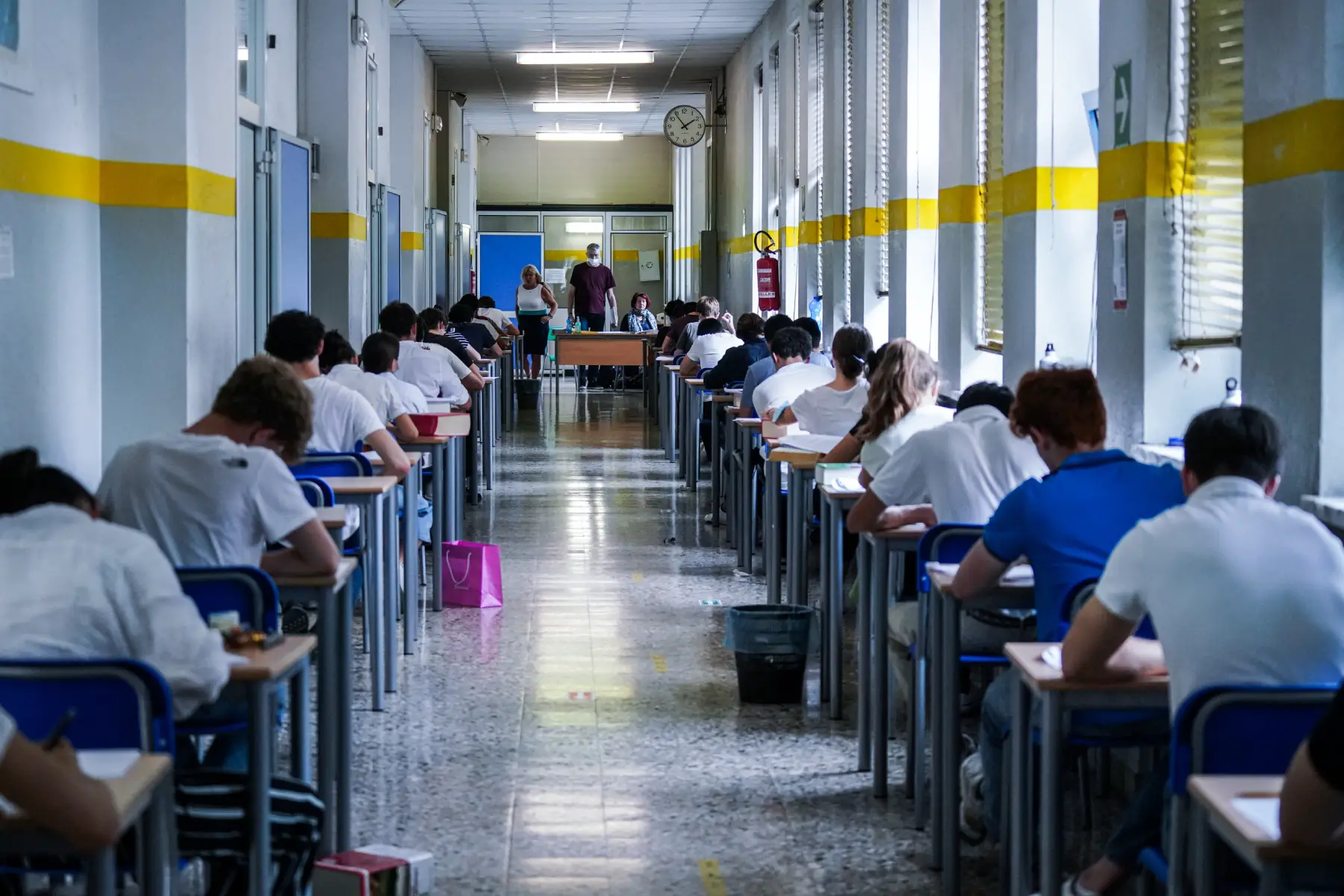
Of course, international schools’ assessments and graduation will look different. Depending on the curriculum, graduates may qualify to study at universities outside of Italy, including those in the United Kingdom (UK), the United States (US), and further afield.
Financial aid and scholarships
As Italian public education is free, parents and guardians only need to pay for books and school supplies. However, due to inflation and the rising cost of living, some families may struggle to afford these expenses, which could lead to early school leaving. Therefore, the government launched the Fondo Unico (Single Fund) scheme to help secondary students cover school-related expenses.
You can apply online and pick up the student card (La Carta dello Studente) from any local post office, presenting the following documentation.
If you are 18 or older:
- Identification (e.g., a passport or ID card)
- A tax code (codice fiscale)
If you are younger than 18, your parents must also show their:
- Identification
- Tax code
- Completed self-declaration (PDF in Italian) to be signed by the postal service clerk
The state does not subsidize nor offer financial support for children wanting to enroll in private or international schools. However, some schools do offer payment plans or scholarships.
You can contact the school administration directly to discuss these options. Most schools will ask for proof of the family’s financial situation. Some institutions may also give preference to alumni families or students with siblings already attending.
Tips for saving on schoolbooks
Another way that parents can save some money is by selling their books from the previous year. Many bookstores in Italy give a huge discount on books for the following year if you sell them your used schoolbooks. In addition, booksellers such as IBS and Libraccio have regular sales on textbooks and stationery.
Educational support for international students
The country’s public and private schools generally teach in Italian, which could be a challenge for international children who do not speak the language. While there is linguistic support to help non-Italian students academically, the expectation is that, eventually, learners will become fluent.
The Ministry of Education has also launched several projects to support migrant children (especially unaccompanied minors or refugees) to integrate into the Italian education system.
International schools are well equipped to support students struggling to adapt to their expat life in a new country with linguistic, developmental, and mental health services. That said, facilities may differ between institutions. So, discuss with prospective schools how they will meet your child’s needs.
Inclusive or accessible education in Italy
Italy follows an inclusive education policy, often referred to as special needs education (bisogni educativi speciali). This means no separate specialized schools are dedicated to teaching children with disabilities, learning difficulties, or behavioral challenges. Instead, a public school must work with the national health service and the Ministry of Education to create a personalized education plan (piano educativo individualizzato – PEI) for the child. This plan details an individualized support strategy to enable the student to reach their learning goals.
When it comes to adaptive education services in private or international schools, support teachers (insegnanti di sostegno) are present in the class to work with a student individually. They can also recommend any extramural care if your child needs it.
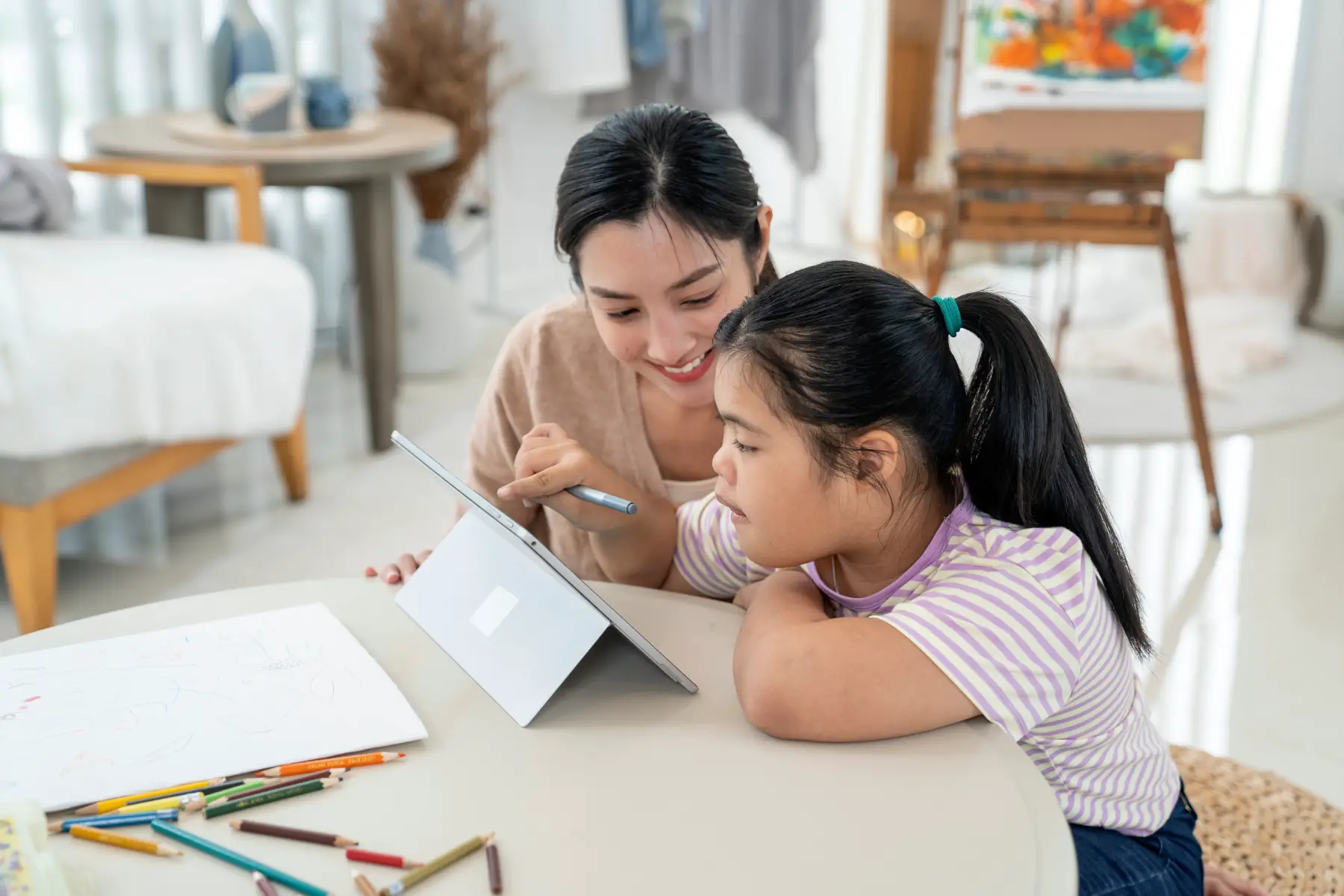
Italy has decentralized many support services, but two good sources of information include:
- Special Kids of Rome – an online resource about inclusive international schools in Rome (Roma)
- FISH – the Federazione Italiana per il Superamento dell’Handicap (Italian Federation for Disability Support)
Hospital schools
Children who spend much time in the hospital – with chronic or severe health conditions – can fall behind academically. Therefore, hospital schools (La Scuola in Ospedale) also use PEIs to help them keep up with their education.
Changing schools in Italy
Although the process depends on the institution, most schools are flexible and accommodating regarding students changing schools. For public schools, you must first inform the current facility and obtain a written request signed by the principal. With this, you can apply to your new school and provide the required documents, which may include:
- Academic records
- A form of identification for children and guardians (e.g., a passport or birth certificate)
- Proof of address (e.g., utility bill)
Private schools have their own processes, so check your facility’s prospectus to be clear about the procedure.
Parent involvement in Italian schooling
While many parents are involved (PDF) in their children’s education, they do not tend to form parent organizations in public schools. Most guardians communicate directly with the teachers or other staff.
However, many international schools have Parent-Teacher Associations (PTAs) that encourage parental involvement, help fundraise, and integrate new families.
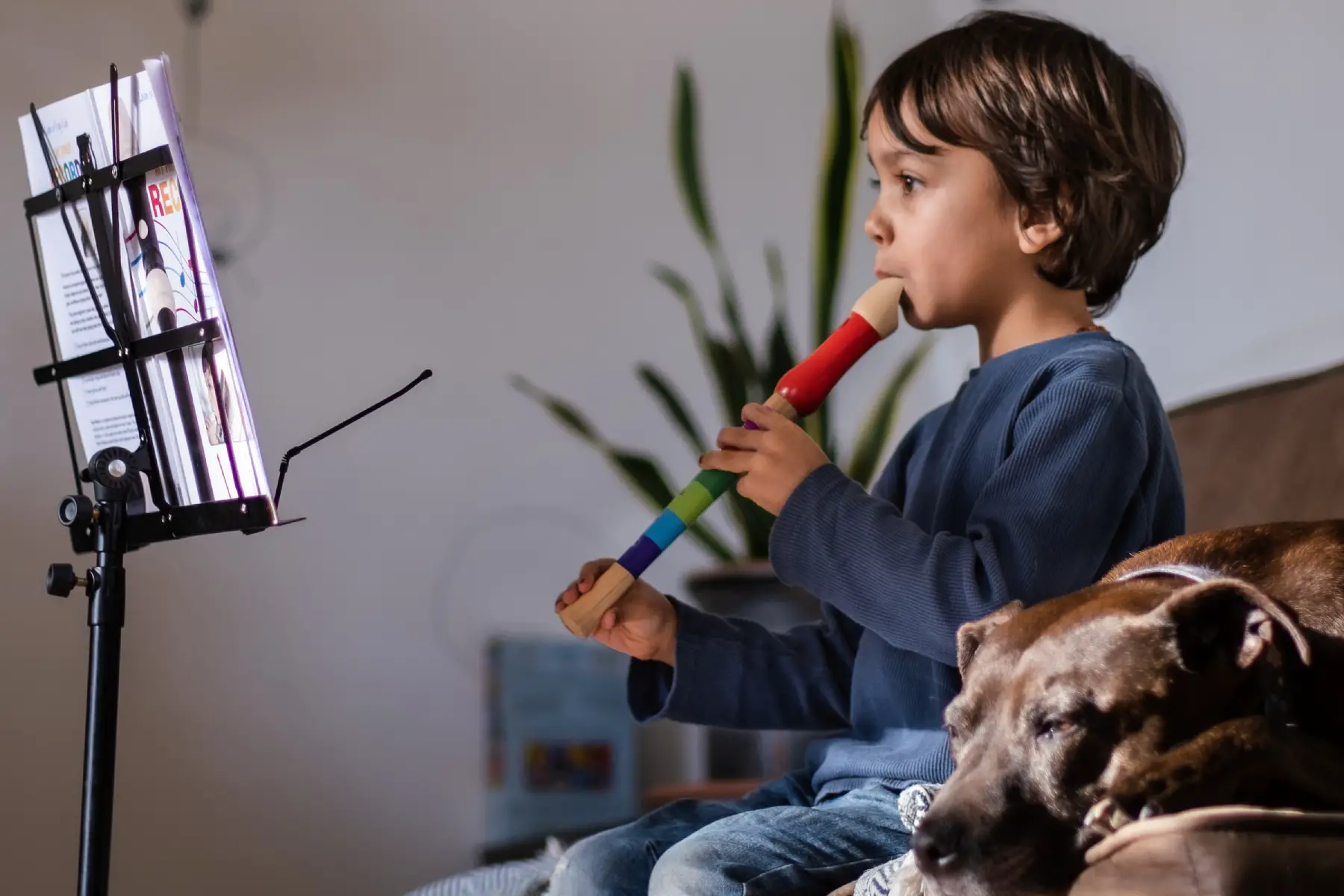
If you are interested in being a part of your child’s school experience, ask the administration about the options when you enroll them.
Homeschooling in Italy
Homeschooling in Italy is legal but not widely accessed. That said, with the advent of the COVID-19 pandemic, this alternative education route is growing in popularity. Between 2018 and 2021, the number of home-schooled students in Italy almost tripled. Children with chronic illnesses hindering their school attendance may also follow this route.
Recently, the Italian government has started to regulate homeschooling more. For example, in 2017, it stipulated that students must pass annual school exams to remain home-educated. As such, parents must also be in more regular contact with school officials.
Useful resources
- Ministry of Education (MIUR) – manages the education system in Italy
- IB Organization – IB schools in Italy
- International Schools Database – online portal to find schools in Italy and compare fees
- FISH – Italian Federation for Disability Support
- Borse di Studio – government financial support scheme to help secondary students from low-income famlies with school expenses
